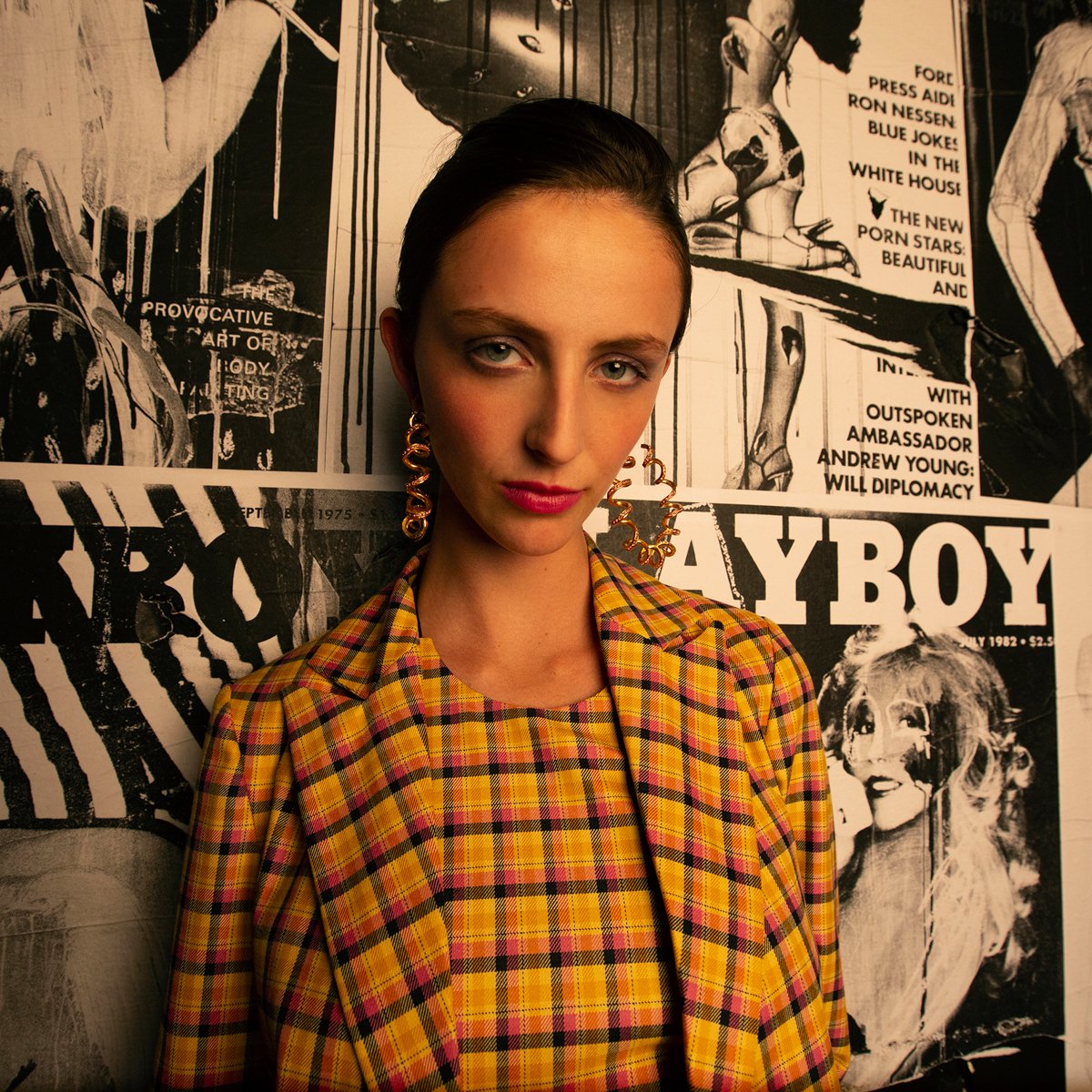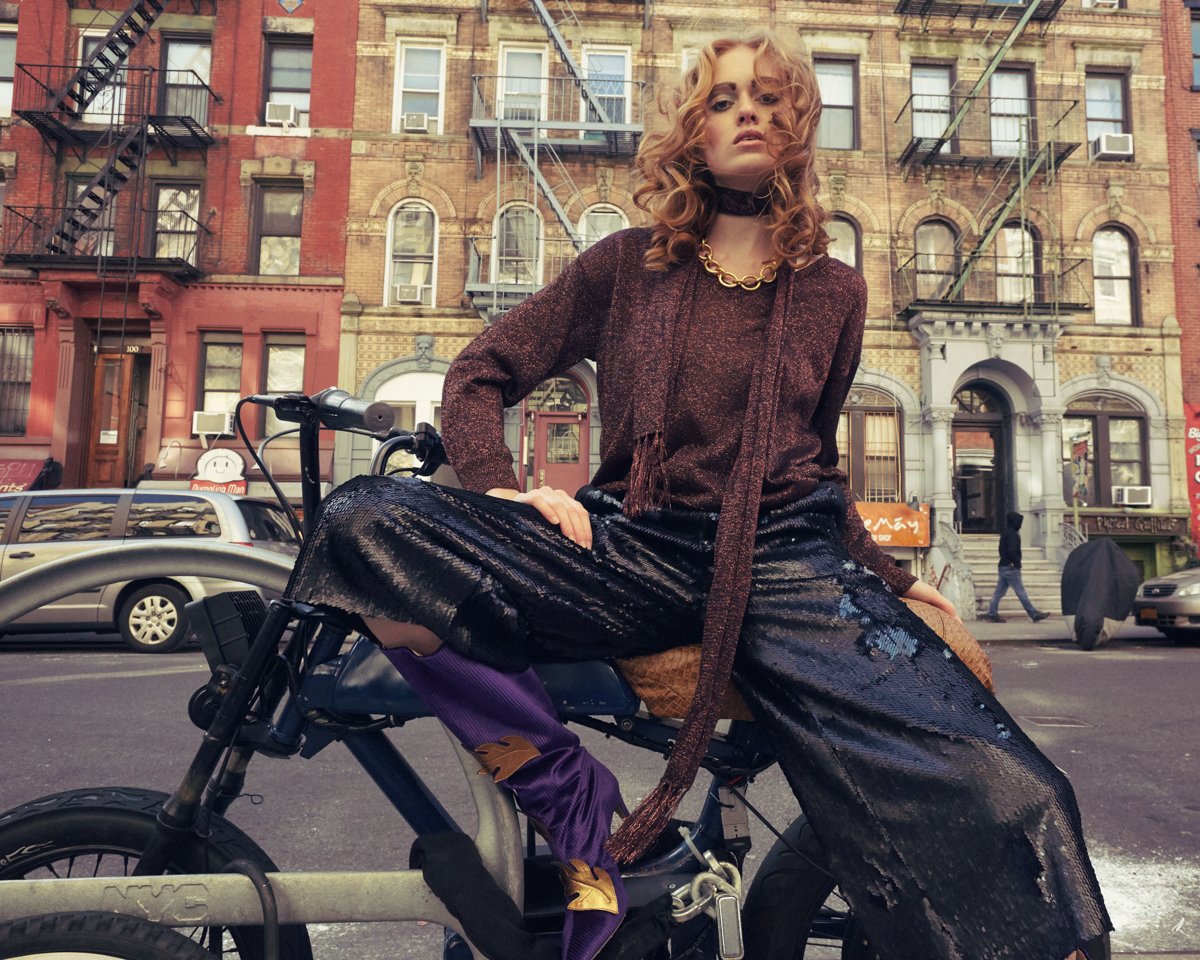Leaving Room for the Unexpected: with Juliet Taylor
For Delsey Paris x VISUALPLEASURE
By Erica NicholsWhether it’s commercial work or personal exploration, Juliet Taylor approaches every project with two rules: make it fun and shoot as much as you can. It’s evident in every snapshot. Taylor has a unique skill of turning the eccentric into the engaging, creating work that’s visually energetic and unavoidably emotive. That’s due a lot in part to the photographer/creative director’s love for the unexpected.
Erica Nichols: You capture such a wide range of emotions and energy in your pieces. How would you describe your work, and how did you develop this style?
Juliet Taylor: Themes between shoots change, and I challenge myself to find new ways to communicate more specifically for each new brief or concept. I've always been attracted to abstract forms or shapes in paintings, architecture, and film — compositions that don't necessarily make sense or are unfamiliar. They may even be a little absurd — but they feel balanced, visually energetic, and engaging. I love immersing myself in these image shapes and allowing them to develop my visual language. This, in turn, informs how I perceive the world personally — so the more I get to know myself, the more my style develops.
EN: What projects excite you the most? Any new themes or ideas you want to explore?
JT: Any project that challenges me personally and allows room for creative expression. I like working both commercially and on my personal work. Both feed each other, and the space between them feels narrower as my career and style progress. I've been directing lately and aim to push the same visual language in my film work to that of my photography.
EN: Can you talk a little about your creative process — when developing a direction for a project, where do you start, and what does that creative process look like?
JT: I approach pre-production in my personal work the same way in my commercial work. There is a methodical structure and timeline — the timeline gives my brain a deadline to deliver ideas, and the structure is the glue that sticks it tangibly. Where that approach diverges is on shoot day. On a personal project, I'm left to my own devices without a Creative Director's guidance or a client's presence. Commercial shoots require a firmer structure by necessity. It doesn't mean you forfeit any creativity to accommodate that — there are just a few more minds you have to take along on the journey.
In my personal shoots, I loosen the structure somewhat and tend to not stick so religiously to a set shot list or the shoot to references. Here, I fall back on timing and instinct while leaving room for the talent to improvise and explore the space within the frame as I search for the unexpected. Often, this will also unfold on a commercial shoot — it all depends on the shoot's circumstances and the level of trust I develop with the CD and the client. What isn't different across both approaches is the amount that I shoot. I shoot a lot! and I literally shoot to the last minute.
EN: When photographing people, what do you consider to be the most important aspects to include?
JT: Good energy on set. Building genuine respect and trust with the team and people I shoot is crucial. I can become hyper-focused and sensitive to what's happening around me, and if the talent and crew aren't having a great time — neither am I. Creating the space for spontaneity and improvisation is impossible unless you have a group of people singing from the same sheet. You can't have your team zigging when you're zagging — we all have to zag in synchronicity to create magic.
It's also essential to create an environment where people can be themselves. I prefer not to over-direct the talent, so most of my work is done in the casting and preparation before I get to the set. I cast for a personality, an attitude and energy first and foremost. If I don't find that in the casting process, I rarely want to collaborate with them on one of my projects, nor put them forward as a recommendation to a client.
Oh, and an incredible playlist is absolutely vital. Much like making out — you can't shoot if you have a terrible soundtrack.
EN: How does composition/blocking play into your work? Do you prefer to plan things out or capture candid moments?
JT: Both. I have an idea of how to approach the direction and compositions I'd like to try before the shoot, but talent dynamics also play a big part in what comes together on the day. Pre-conceived ideas can look awkward and uncomfortable — so it's better to be open to what they bring and see what happens on the day.
EN: When you need some inspiration, where do you go to find it? Any local places you love?
JT: I'm visually stimulated by paintings, architecture, film, and archival reportage images — but sometimes, all I need is a good conversation. Personally, change is the most significant catalyst for inspiration. Some musicians perform their best work in times of change. Whether that's a forced or unforced change, a change-up of your environment, or just metaphorically throwing a bomb at your life — good and bad — life experience breeds inspiration. I'm totally into the adage that 'when nothing changes, nothing changes'.
All works © Juliet Taylor (unless otherwise stated)
Explore Pool






